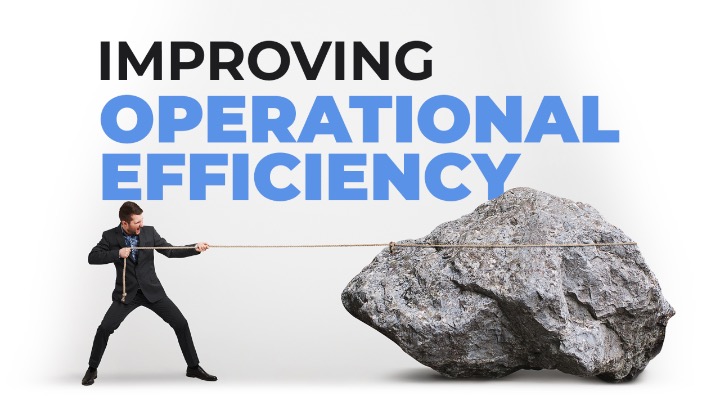In the rapidly evolving business landscape, operational efficiency isn't just a goal—it's a necessity for survival and success. As companies face increasing competition, rising costs, and the demand for faster, higher-quality services, the importance of optimizing operations cannot be overstated. This pursuit of efficiency goes beyond mere cost-cutting; it's about enhancing productivity, improving quality, and fostering innovation to stay ahead in the market.
Leveraging Technology for Streamlined Operations
The advent of digital transformation has opened new avenues for operational efficiency. Technologies such as AI, IoT, and blockchain are revolutionizing how businesses operate, offering unprecedented opportunities for automation, data analysis, and secure, transparent transactions.
- Artificial Intelligence (AI) and Machine Learning: AI and machine learning algorithms can analyze vast amounts of data to identify trends, predict outcomes, and make informed decisions, significantly reducing the time and human error associated with manual analysis.
- Internet of Things (IoT): IoT devices enable real-time monitoring and control of various aspects of operations, from supply chain management to energy consumption, providing valuable insights that can lead to more efficient processes and reduced costs.
- Blockchain: Blockchain technology offers a secure and transparent way to conduct transactions and manage supply chains, enhancing trust and reducing delays and inefficiencies in the process.

Process Optimization and Waste Reduction
Operational efficiency also involves the continuous improvement of processes to eliminate waste, reduce delays, and increase productivity. Lean manufacturing and Six Sigma are two methodologies that have been successfully applied across industries to achieve these goals.
- Lean Manufacturing: Focuses on minimizing waste within manufacturing systems while simultaneously maximizing productivity. This approach involves identifying value streams, optimizing workflows, and ensuring that every step adds value to the customer.
- Six Sigma: Aims to improve the quality of process outputs by identifying and removing the causes of defects and minimizing variability in manufacturing and business processes.
Empowering the Workforce
The role of the workforce in achieving operational efficiency cannot be overlooked. Empowering employees with the right tools, training, and motivation is crucial for fostering a culture of continuous improvement and innovation.
- Training and Development: Investing in employee training and development not only improves efficiency but also increases job satisfaction and retention.
- Collaboration Tools: Implementing collaboration tools can enhance communication and teamwork, leading to more efficient problem-solving and project management.
Conclusion
Operational efficiency is a multifaceted goal that requires a strategic approach encompassing technology integration, process optimization, and workforce empowerment. By staying abreast of technological advancements and fostering a culture of continuous improvement, businesses can achieve greater efficiency, competitiveness, and profitability. As demonstrated by Hundred Solutions, leveraging digital twin technology and other innovative solutions can provide a competitive edge in today's dynamic business environment.
Efficiency Unlocked: Driving Business Growth Through Operational Innovation